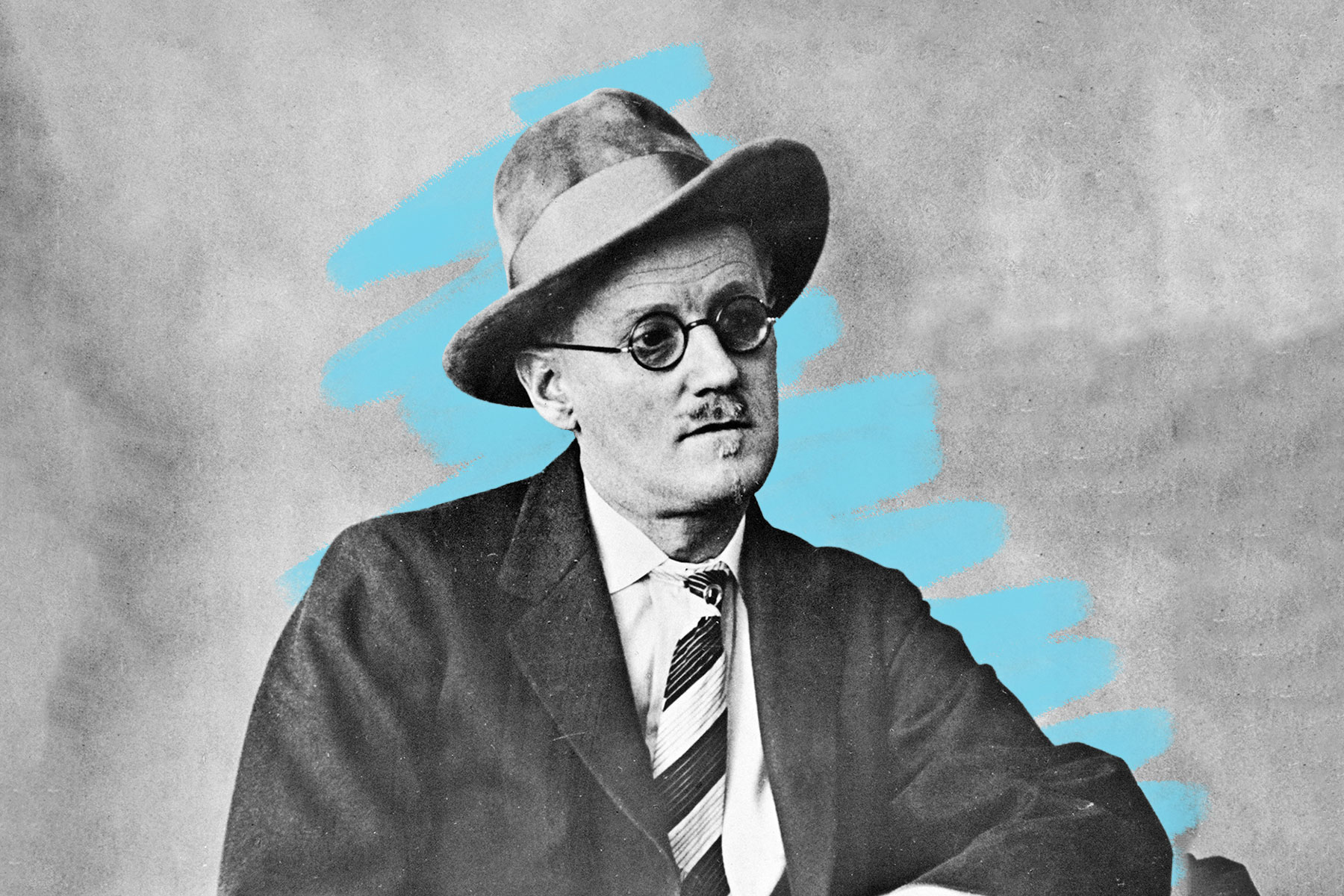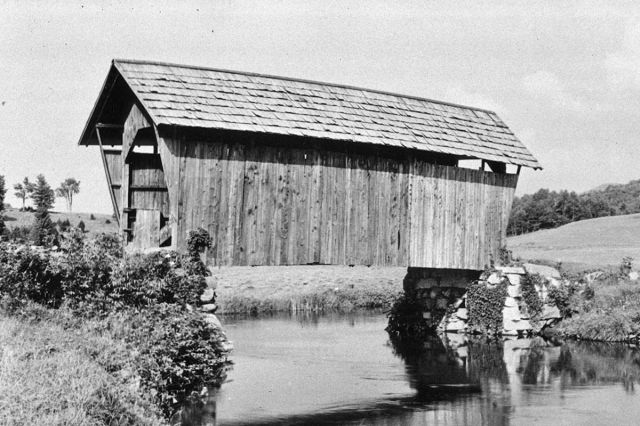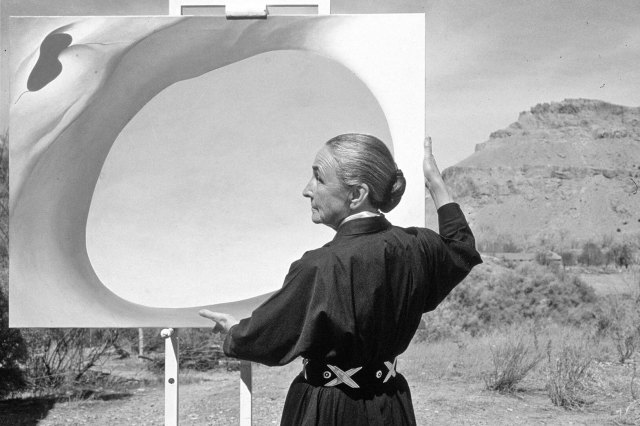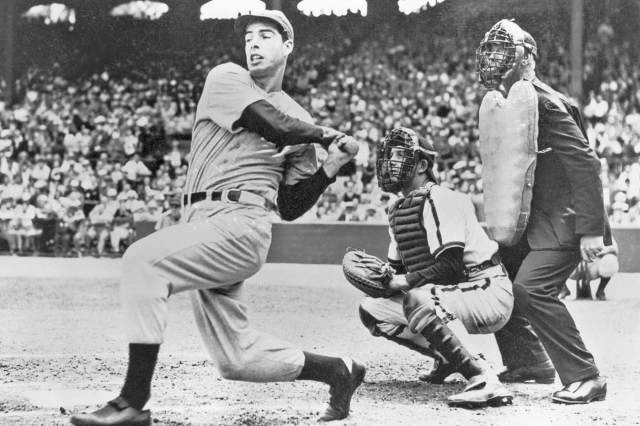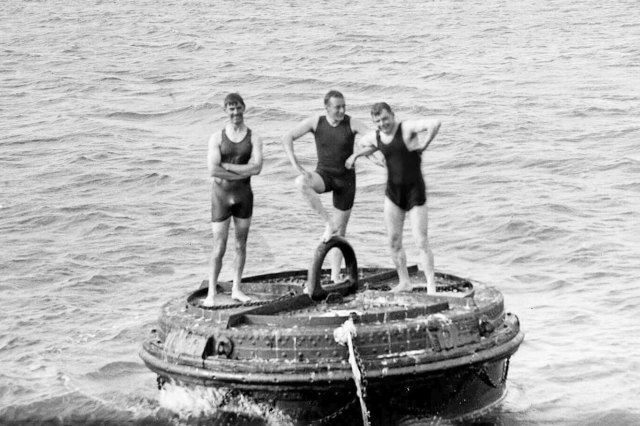James Joyce used crayons when writing his novels.
James Joyce didn’t just write some of the most acclaimed novels of the 20th century — he did so using crayon. Though it sounds like a quirky affectation on the part of the Ulysses and A Portrait of the Artist as a Young Man author, it was actually a medical necessity. Because Joyce had trouble with his eyesight and was nearly blind by the time he wrote Finnegans Wake in the last few years of his life, “the large crayons thus helped him see what he was writing,” according to culture writer Maria Popova. Joyce was farsighted as a child and had severe issues with his eyesight by the time he reached his 20s; these problems only worsened after a bout of rheumatic fever left him afflicted with the condition iritis.
Fortunately for readers, Joyce was as adaptable as he was brilliant. He began writing while “lying on his stomach in bed, with a large blue pencil, clad in a white coat” that reflected more light back at the empty page at night. This process became even more elaborate during the editing phase, when Joyce relied on crayons of varying colors (namely orange, blue, red, and green) to underline and circle individual words or sentences and even cross out entire pages. Finnegans Wake in particular remains one of the English language’s most difficult and inscrutable works some 85 years after it was written, but at least there’s no mystery as to how it was written.





